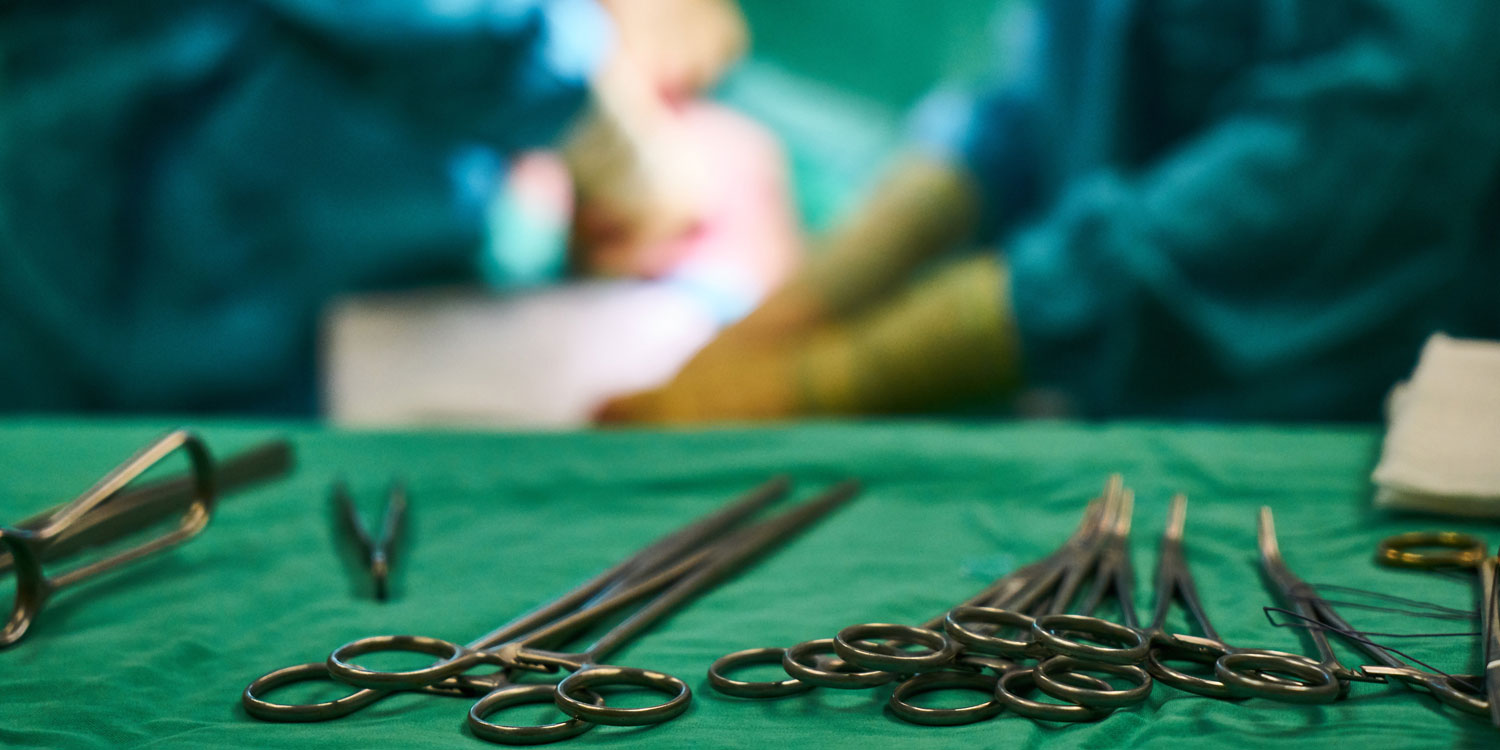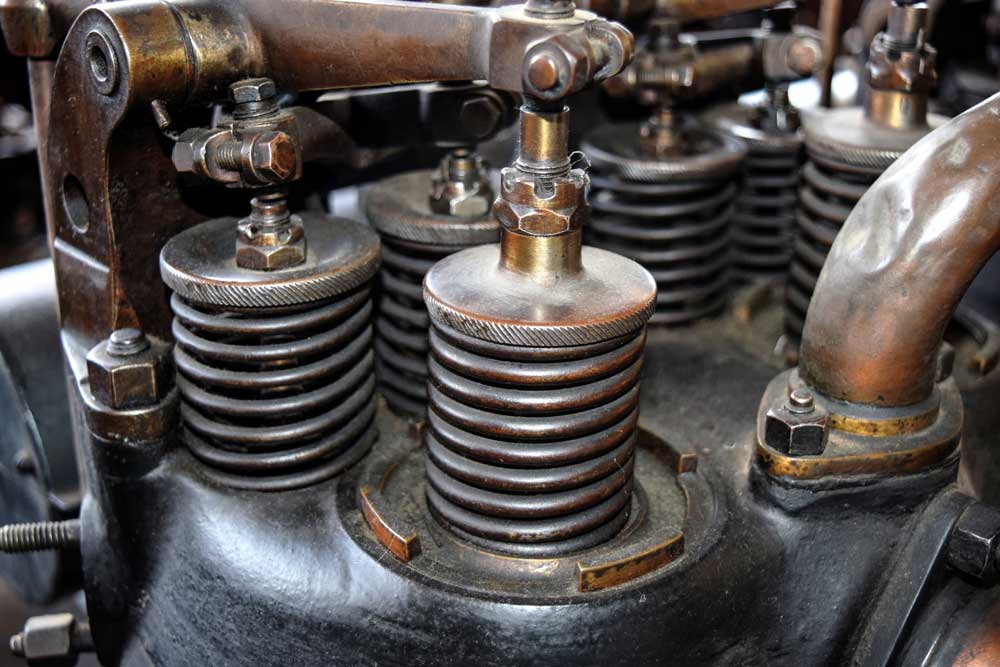Background Information
Surgical instruments are generally made of stainless steel. Though there are more than 80 types of stainless steels for industrial applications, the number of stainless steels that can meet the demanding surgical requirements is limited to only 10 types roughly, considering the special requirements on the steel elasticity, hardness, rigidity, wear resistance, tensile strength and toughness.
So far, martensitic stainless steels has been commonly used for surgical instruments worldwide, followed by austenitic and ferritic stainless steels. However, since martensitic stainless steels is relatively poor at its performance of corrosion resistance, complains on surgical instrument corrosion are never less; while, austenitic and ferritic stainless steel, due to their incapacity to do hot work hardening, is confined to wide use. In light of these factors, use of precipitation hardened stainless steel for surgical instruments can trace back to as early as 1970s and 1980s.

Features
Development of precipitation hardening stainless steel originates from austenitic chrome-nickel stainless steel. 1) The proportionate nickel, chromium and other elements contained in the stainless steel, and 2) the austenite structure under the quenched delivery state, lead to excellent cold workability of PH stainless steel, and ease to roll into strips and foils. After cold treatment, PH stainless steel can also be transformed into martensite which significantly improves its strength.
Compared with common stainless steel, 17-4PH stainless steel features high corrosion resistance, excellent hot and cold workability, as well as relatively simple machining technology involved. For these, it is suitable for manufacturing high quality surgical instruments with special requirements. However, at the current stage, precipitation hardened stainless steel is more apt to be selected for making products with special working environment and high added value, considering the factors of manufacturing cost. With the advanced technology, the applications of 17-4PH are expected to grow.
Applications of 17-4PH stainless steel
“Non-coating” on the surface of surgical instruments is becoming an inevitable trend, whether in terms of surgical instruments’ safety or from an environmental perspective. As is known internationally, the coating (chromium) peeling of electroplated products is harmful to patients. Also, the electroplating technique used for coating can hardly meet the requirements of green environment.
Given these factors, 17-4PH stainless steel is selected as the raw material used to make the bite-cutting handle in the development of orthopedic tools. It eliminates the need for coating protection on the instrument surface and maintains the metallic original brightness. Extensive corrosion resistance experiments attest the international-standard overall performance of the 17-4PH made medical tools. In all, the use of precipitation hardening stainless steel gives quality surgical instrument more choices.
Related
- Medical Applications of Precipitation Hardening Stainless Steel (Ⅱ)
- Medical Applications of Precipitation Hardening Stainless Steel (Ⅲ)
Contact
CIVMATS Co., Ltd. produces high-value stainless steel raw materials. If you want to know more about stainless steel, please keep following us. Any requirements or questions about stainless steel, call CIVMATS!
- Company: CIVMATS CO., LIMITED
- Phone: 86-519-81809659
- Fax: 86-519-81809959
- Email: sales@civmats.com
- Address: 10th Floor, Xin Cheng Nan Du, Wujin District, Jiangsu, China
- Website: www.civmats.com

